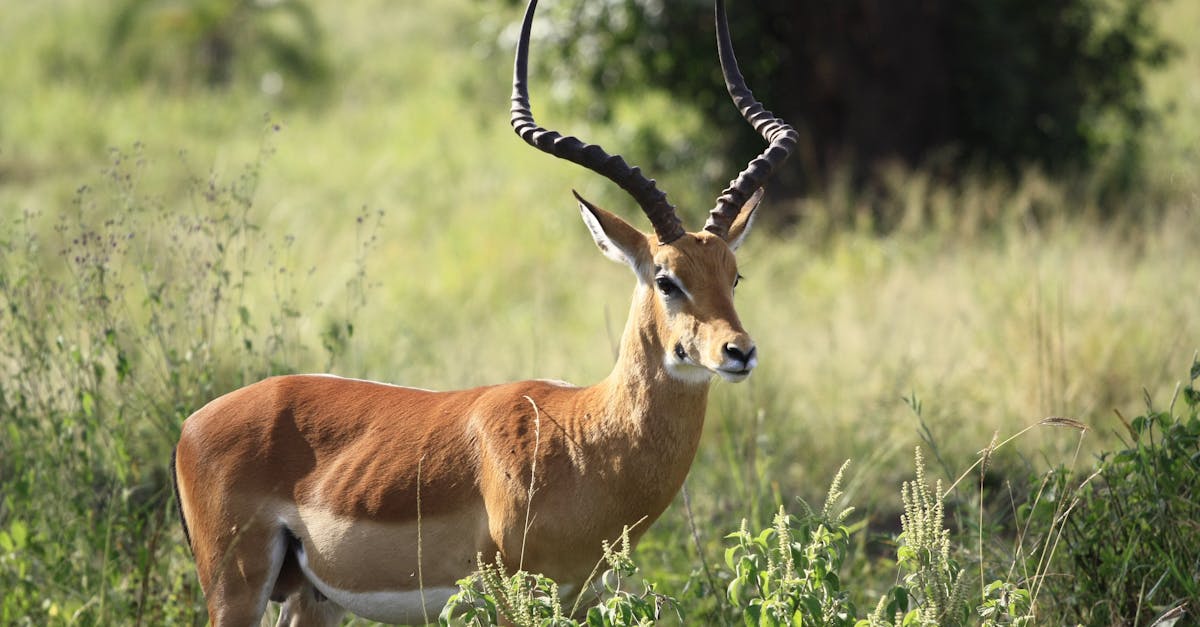Welcome to the wild world of Alaskan wildlife conservation! In this article, we’ll explore the top strategies being used to protect and study the unique and fascinating creatures living in the Last Frontier. Join us as we delve into the innovative conservation efforts making a real difference in the preservation of Alaska’s extraordinary biodiversity.
Strategies for protecting endangered wildlife in Alaska
Challenges in Wildlife Conservation
Alaska is home to a diverse range of wildlife species, many of which are classified as endangered. The unique ecosystem in this vast state faces several challenges in ensuring the survival of these species. Climate change, habitat destruction, and human encroachment are some of the primary threats that endanger Alaska’s wildlife.
Protection through Legislation
One key strategy in conserving endangered species in Alaska is through the implementation of strict legislation. The Endangered Species Act provides crucial protection to vulnerable species by prohibiting their exploitation and destruction. In Alaska, this legislation plays a significant role in safeguarding iconic animals such as polar bears and walruses.
Habitat Preservation
Preserving critical habitats is essential for the long-term survival of endangered species in Alaska. National parks, wildlife refuges, and designated conservation areas are vital in providing safe spaces for these animals to thrive. Efforts to expand protected areas and establish migration corridors are crucial in ensuring the continuity of these habitats.
Research and Monitoring
Continuous research and monitoring are fundamental in understanding the needs and challenges faced by endangered species in Alaska. Scientists and wildlife biologists work tirelessly to gather data, track populations, and assess the impacts of conservation efforts. By staying informed, policymakers can make informed decisions to support these species effectively.
Community Engagement
Engaging local communities and indigenous groups is essential in the conservation of wildlife in Alaska. These communities often possess valuable traditional knowledge and play a crucial role in conservation initiatives. By involving stakeholders in decision-making processes and fostering coexistence between humans and wildlife, conservation efforts can be more sustainable and effective.
Collaboration with Partners
Collaboration with governmental agencies, non-profit organizations, and research institutions is crucial in protecting endangered species in Alaska. Partnerships facilitate the pooling of resources, expertise, and technology to address conservation challenges collectively. Through joint efforts, the impact of conservation measures can be amplified, leading to more significant positive outcomes for wildlife.
Education and Awareness
Raising public awareness about the importance of wildlife conservation is key to garnering support for endangered species in Alaska. Educational programs, outreach initiatives, and media campaigns help disseminate information about the significance of preserving biodiversity. By inspiring individuals to take action and make informed choices, a collective consciousness for wildlife protection is fostered.
By employing a combination of these strategies and fostering a multi-faceted approach to conservation, Alaska can continue its vital role in protecting endangered species and preserving its unique wildlife heritage for future generations.
Promoting sustainable practices for wildlife conservation in Alaska
Protecting Alaska’s Diverse Wildlife
Alaska is home to a wide range of unique and diverse wildlife species, from majestic bears and wolves to delicate seabirds and marine mammals. Protecting these animals and their habitats is crucial to maintaining the ecological balance in the region.
Challenges in Wildlife Conservation
Despite efforts to conserve wildlife in Alaska, there are numerous challenges that threaten the sustainability of these practices. Climate change, habitat destruction, and human-wildlife conflicts pose significant risks to many animal populations.
Implementing Sustainable Practices
To promote wildlife conservation in Alaska, it is essential to adopt sustainable practices that minimize negative impacts on the environment. This includes enforcing strict regulations on hunting and fishing, reducing pollution, and preserving critical habitats.
Community Involvement and Education
Engaging local communities and raising awareness about the importance of wildlife conservation are key aspects of promoting sustainable practices in Alaska. By involving residents in conservation efforts and providing education on best practices, we can ensure the long-term protection of Alaska’s wildlife.
Collaboration with Indigenous Peoples
Indigenous peoples have a deep connection to the land and wildlife in Alaska. Collaborating with Native communities to incorporate traditional ecological knowledge into conservation strategies can help ensure that wildlife conservation efforts are culturally sensitive and effective.
Investing in Research and Monitoring
Continued research and monitoring are essential for understanding the impacts of human activities on Alaska’s wildlife. By investing in scientific studies and collecting data on animal populations, we can make informed decisions to better protect and conserve these precious species.
Overall, promoting sustainable practices and fostering a culture of conservation are essential for ensuring the long-term survival of Alaska’s diverse wildlife. Through collaboration, education, and responsible management, we can help protect these animals for generations to come.
